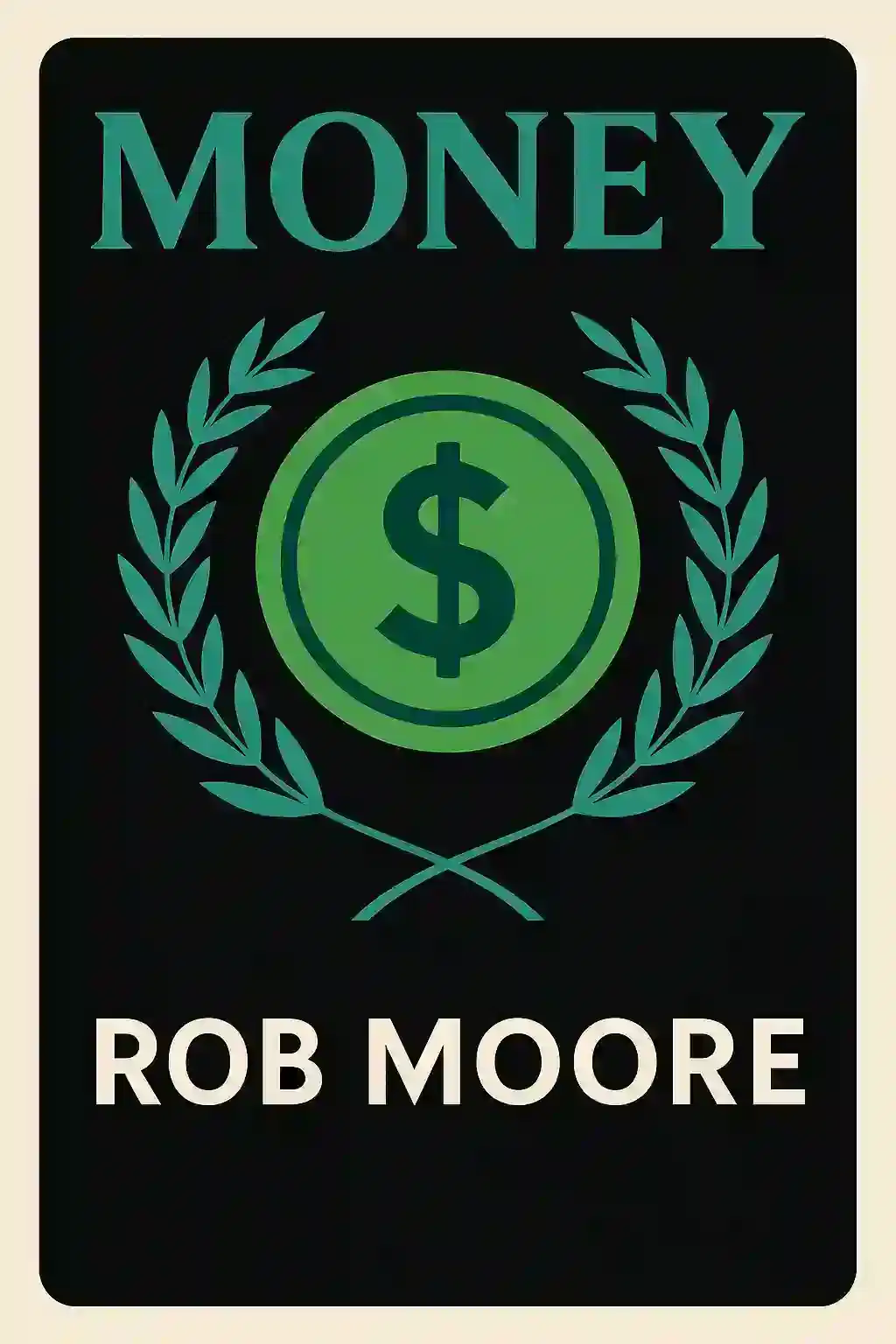What is
The Millionaire Fastlane by MJ DeMarco about?
The Millionaire Fastlane outlines a roadmap to rapid wealth through entrepreneurship, rejecting traditional "get rich slow" methods like frugality and compound interest. MJ DeMarco argues that scalable businesses and leveraged systems—not 9-to-5 jobs or index funds—are the keys to financial freedom. The book emphasizes value creation, passive income streams, and avoiding societal "Slowlane" traps.
Who should read
The Millionaire Fastlane?
Aspiring entrepreneurs, career-changers, or anyone disillusioned with conventional wealth-building strategies will benefit. It’s ideal for readers seeking actionable steps to escape the rat race, build impactful businesses, and achieve financial independence within years—not decades.
Is
The Millionaire Fastlane worth reading?
Yes, for its contrarian insights on wealth creation. DeMarco’s blend of personal success (retiring at 33) and practical frameworks—like the Wealth Equation and Fastlane/Slowlane对比—makes it a standout. Critics note its aggressive tone, but the core principles on scalability and passive income remain relevant.
Fastlane vs. Slowlane: What’s the difference in
The Millionaire Fastlane?
| Aspect | Fastlane | Slowlane |
|---|
| Wealth Source | Business ownership/asset growth | Salaried jobs, savings, 401(k) |
| Time Horizon | 5–10 years | 30–40 years |
| Risk | Controlled entrepreneurial risks | Market/employment volatility |
| Income Model | Passive, scalable systems | Active, linear effort |
| DeMarco argues the Fastlane prioritizes exponential growth over incremental gains. | | |
What is the Wealth Equation in
The Millionaire Fastlane?
DeMarco’s formula redefines wealth as Net Profit + Asset Value, contrasting traditional "save and invest" models. For example, building a business that generates $500K/year profit and sells for $10 million creates wealth faster than saving 15% of a salary.
How does MJ DeMarco define a “money system” in the book?
A money system is a scalable, automated business model that generates passive income with minimal ongoing effort. DeMarco’s limo-lead website—which he sold for $8 million—exemplifies this: once operational, it required little day-to-day involvement while earning recurring revenue.
Why does
The Millionaire Fastlane criticize traditional retirement plans?
DeMarco calls 401(k)s “hope-based” strategies, arguing they tie wealth to decades of market luck and deprive investors of time freedom. He views entrepreneurship as a safer path since it offers direct control over income and asset valuation.
What’s MJ DeMarco’s background, and how does it shape the book?
DeMarco retired at 33 after building and selling a limo-lead generation business for $8 million. His failures (multiple bankruptcies) and eventual success inform the book’s anti-establishment tone and emphasis on resilience.
How does
The Millionaire Fastlane suggest using education?
Learning must be action-oriented—prioritizing skills that directly improve business outcomes (e.g., SEO, copywriting). DeMarco advocates “stealing time” for education via audiobooks during commutes or workouts.
What are common criticisms of
The Millionaire Fastlane?
Some argue it underestimates the risks of entrepreneurship or oversimplifies wealth creation. Critics also note its dismissive stance on index funds, which remain a viable Slowlane tool for risk-averse investors.
What’s a key quote from
The Millionaire Fastlane?
“The more you help, the richer you become.” DeMarco ties wealth to impact: solving widespread problems (e.g., his limo site addressed fragmented service access) creates value that scales into millions.
How does
The Millionaire Fastlane compare to
Rich Dad Poor Dad?
Both advocate asset-building over salaries, but DeMarco focuses on rapid entrepreneurial execution, while Kiyosaki emphasizes real estate and financial education. The former is more tactical; the latter, theoretical.














